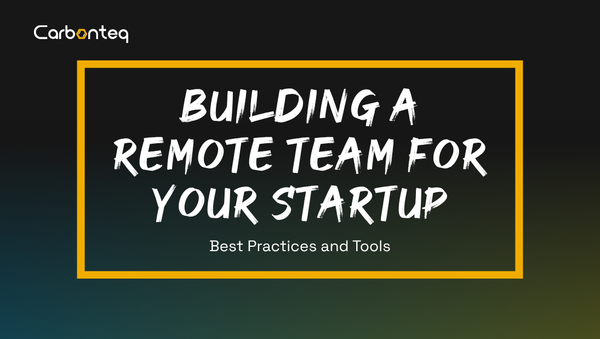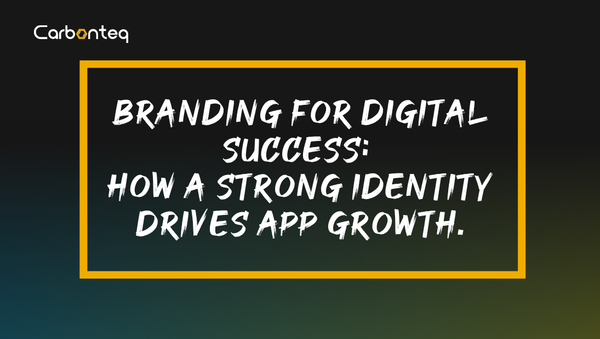How to Validate Your App Idea Before Development

Every successful digital product begins with a problem worth solving and a proof that customers will pay—yet 35 % of startups still fail because they never reach product-market fit.
Every great app starts as a hunch. Yet the gulf between a clever idea and a product people pay for can swallow months of development budget—and morale. In a climate where engineering talent is scarce and capital tight, rigorous validation acts as insurance for your runway.
By methodically confirming that a real, urgent problem exists and that users will exchange money, data, or attention for your solution, you de-risk the journey from whiteboard scribble to shipped software. The following roadmap walks through practical, sequential steps—rooted in both qualitative insight and quantitative evidence—to prove (or disprove) your idea before a single production commit.
The Stakes of Skipping Validation
The price of building the wrong thing. Custom code is an expensive way to discover no one cares. Teams burn cash on design sprints, cloud hosting, and go-to-market salaries while opportunity cost quietly compounds.
Failure data is unambiguous. Recent analyses show that 34 % of startups collapse because they never achieve product-market fit. Put differently, one in three founders could have saved their resources by validating earlier.
The Roadmap to Success
1. Define & Sharpen the Problem Hypothesis
Draft a single, falsifiable sentence that captures who struggles, what pain they feel, and how often + how much it costs them.
Example: “Freelance designers spend ≥4 h monthly chasing late invoices and would pay $9/mo to automate reminders.”
Document current work-arounds (spreadsheets, email nudges, manual logs) to reveal friction your product might eliminate.
2. Assemble the Right Validation Team
Your idea is only as strong as the perspectives interrogating it. A lean validation squad typically includes:
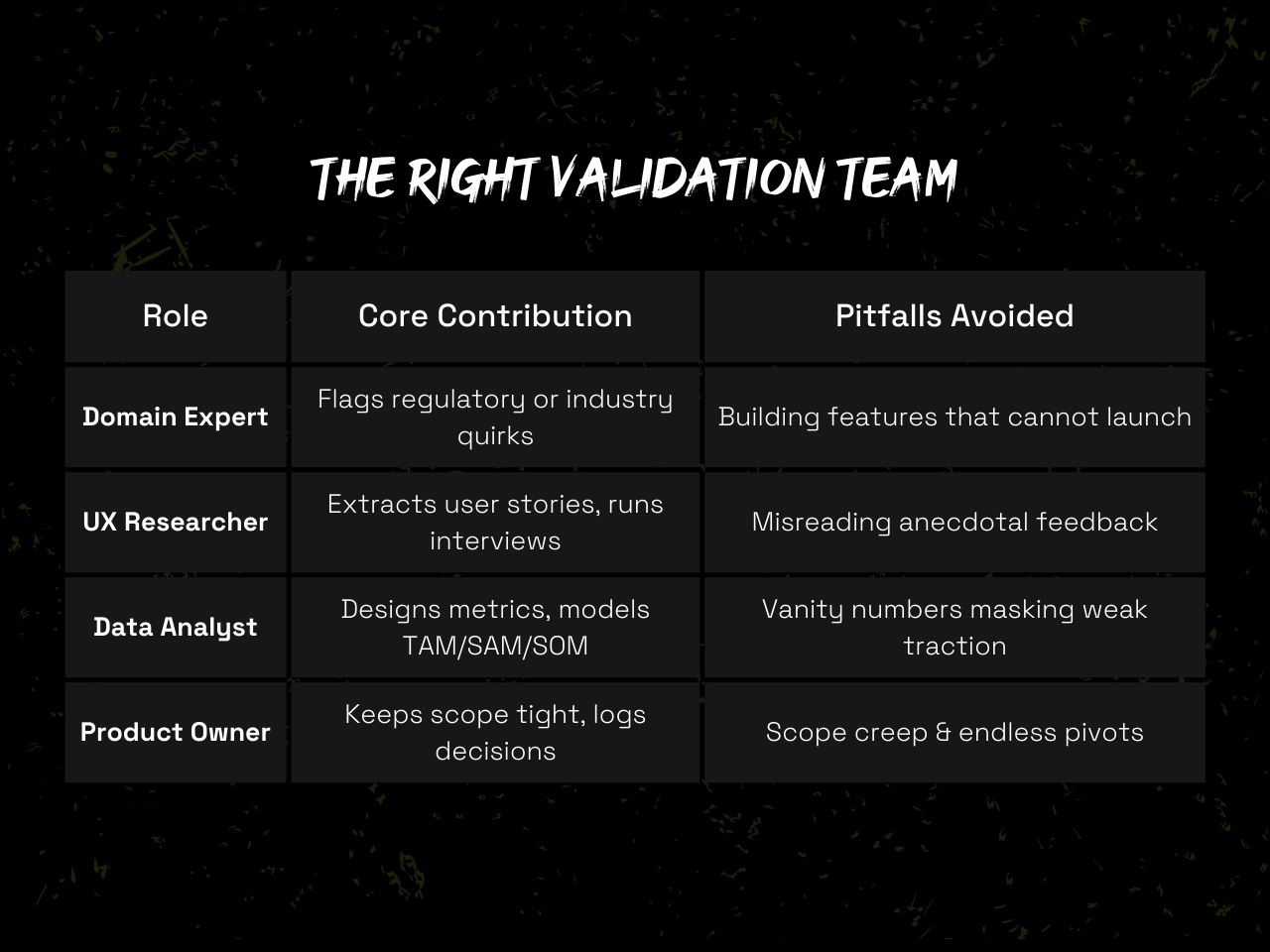
A cross-functional team helps catch blind spots early and keeps experiments honest.
3. Size the Market & Map the Competitive Landscape
- TAM / SAM / SOM. Use app-store downloads, Census data, or LinkedIn filters to ground the three concentric rings of opportunity.
- Competitive grid. Plot incumbents by price vs. problem depth. Highlight whitespace niches—often overlooked B2B workflows, regulated verticals, or geographies outside the incumbents’ focus.
- Strategic fit. Stress-test whether your team holds an “unfair advantage”: audience, patent, data trove, or brand halo.
4. Run Deep-Dive Discovery Interviews
Recruit 10–15 early-adopter profiles—people who feel the pain acutely and have already hacked together partial solutions.
- “Describe the last time this problem hit.”
- “What did it cost in time, money, reputation?”
- “What have you tried so far?”
Look for frequency, severity, and existing spend. If stories are vague, urgency is low.
5. Design Low-Cost Quantitative Smoke Tests
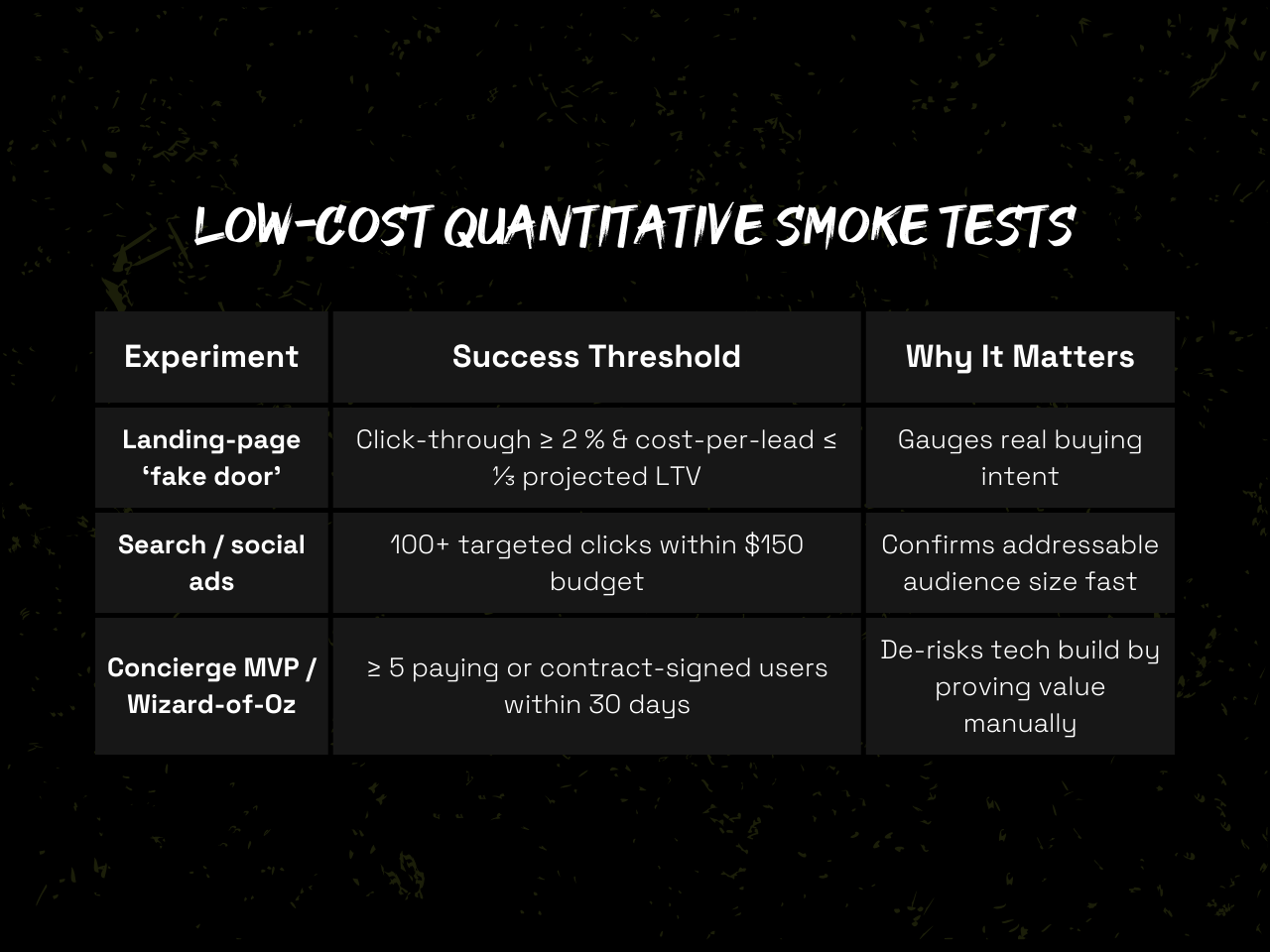
6. Prototype & Usability-Test Rapidly
Spin interactive mock-ups in Figma or Penpot and hand them to five target users; you’ll uncover roughly 85 % of usability issues at that sample size citeturn0search1. Track:
- Time-to-aha: Seconds until users grasp core value
- Task completion rate: % finishing a key flow unaided
- Verbatim pain points: Surface friction for next iteration
Repeat the cycle—design → test → revise—until signals plateau.
7. Partner with Specialized Development Teams
Before hard-coding, consider engaging an agency or studio that already ships products in your domain—fintech, healthtech, logistics, etc.
- Domain shortcuts. Seasoned partners bring pre-built compliance modules, UI patterns, and third-party integrations that shave weeks off timelines.
- Cost efficiency. Fixed-scope prototyping sprints prevent runaway payroll while you validate traction.
- Objective feedback. External engineers can challenge product assumptions without internal politics.
Ask for proof—case studies, reusable component libraries, and references in adjacent verticals—to ensure the partnership accelerates, not delays, delivery.
8. Decision Gates & Evidence-Based Go / Pivot / Kill
Establish explicit checkpoints to curb sunk-cost bias:
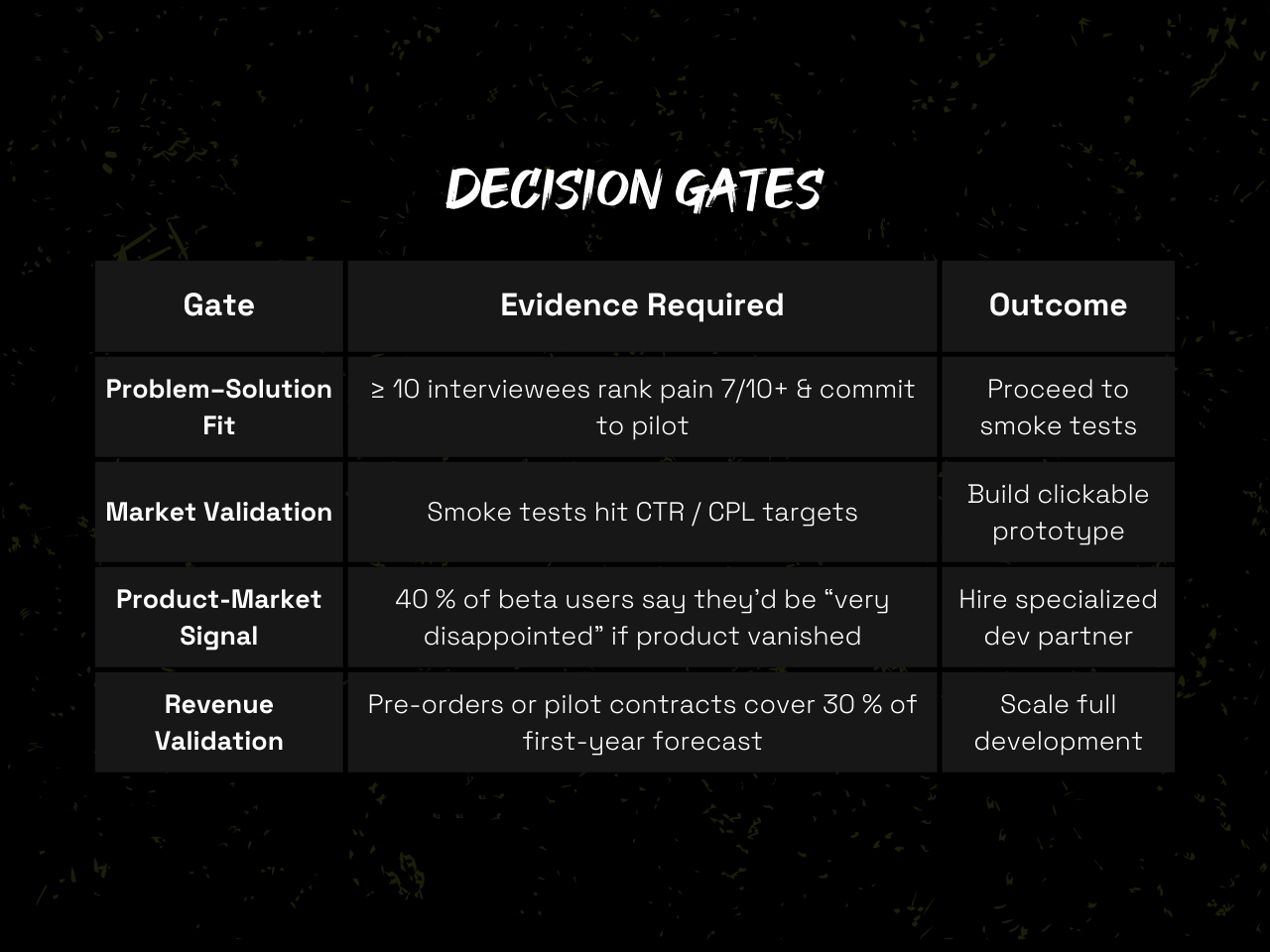
Investors also scrutinize retention metrics: day-1, week-1, and month-1 repetition, net promoter score, and organic referral rate.
Conclusion
Validation is rarely glamorous, yet it separates ventures that iterate toward traction from those orbiting in a vacuum of assumptions. By crystallizing your hypothesis, interrogating real users, and running lean experiments, you create a virtuous loop of insight that sharpens the product before code hardens it. The result is not merely efficiency; it is strategic clarity. Markets evolve, competitors pivot, and technologies age, but a disciplined validation habit arms you with the only true hedge in tech—evidence that customers care and will return. Take the time to validate now, and you will save multiples of that time, money, and creative energy on the road to launch.

